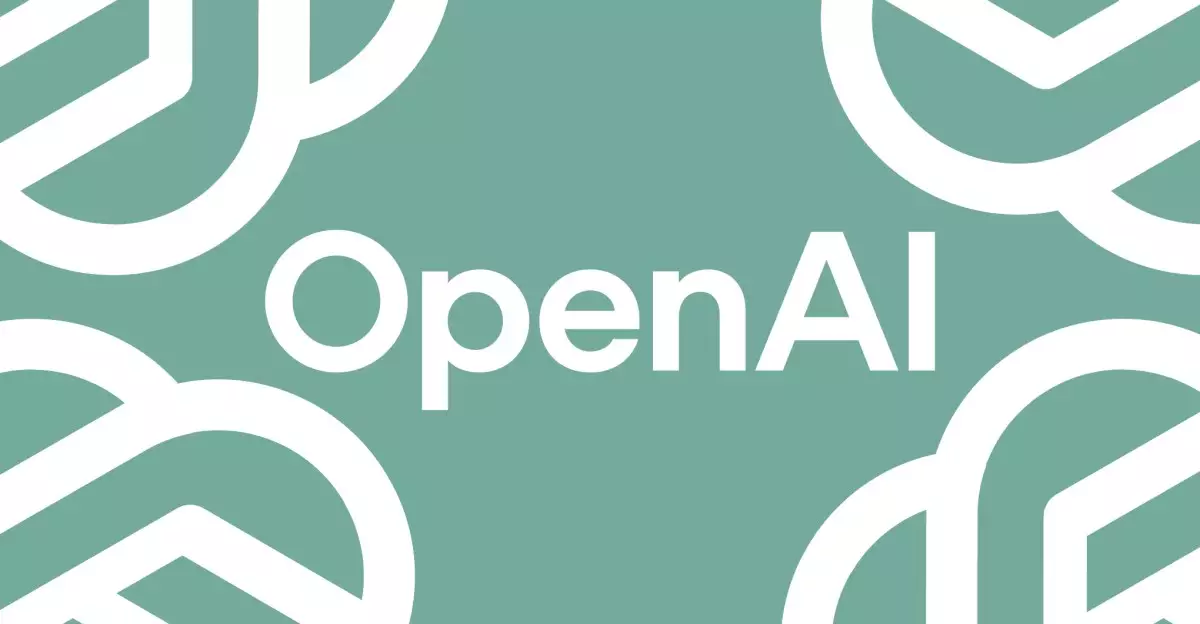In an astounding shift aimed at maximizing AI’s potential, OpenAI has unveiled its state-of-the-art multimodal AI model—GPT-4.1. As excitement builds about innovative technology, the company has also decided to postpone the much-anticipated GPT-5 release. This strategic move reflects OpenAI’s commitment not only to delivering higher-performing models but also to ensuring a seamless evolution that meets the rising demands of developers and users alike.
GPT-4.1, as a successor to the previous GPT-4o model, boasts significant upgrades that expand its capabilities. OpenAI asserts that this new model excels in virtually every conceivable dimension, including significant improvements in coding and instruction-following. With a dramatically enhanced context window that permits the processing of up to one million tokens, GPT-4.1 vastly outstrips the 128,000 tokens allowed by its predecessor, GPT-4o. The implications of this expansion are immense, as such capacity allows for greater intricacy in processing information and responding accurately to user prompts.
Accessibility through Diverse Models
Understanding the need for affordability and flexibility, OpenAI has rolled out two additional smaller models alongside GPT-4.1: GPT-4.1 Mini and GPT-4.1 Nano. These models cater to a wider array of developers, providing cost-effective options that do not compromise on performance. The Mini variant is designed for hands-on experimentation, while the Nano version is touted to be the “smallest, fastest, and cheapest” model to date. This diversification ensures that developers with different needs and resources can engage with the technology, promoting broader accessibility.
The announcement includes details on newly implemented features that enhance reliability as well. OpenAI emphasizes that GPT-4.1 has been trained to effectively discern relevant information, ensuring it can uphold context and proprietary information while shunning distractions. By embracing these nuances, developers can harness its capabilities for everything from creative content generation to precise data processing tasks, undeniably setting a new standard in AI-driven applications.
Cost Efficiency and Future Vision
A noteworthy aspect that draws attention is the significant reduction in operational costs. GPT-4.1 is priced at 26% lower than GPT-4o, a strategic response to the competitive landscape, particularly with DeepSeek unveiling a remarkably efficient model in the same timeframe. The shift to cost-effective AI solutions is vital for developers navigating the current economic climate where budgets are often tight. OpenAI’s approach not only fosters a competitive spirit among AI models but also reflects an understanding of the financial pressures developers face.
Moreover, the announcement marks a pivotal point for OpenAI, as it signals an end to the two-year run of the GPT-4 model, shifting focus towards GPT-4.1. As part of a unified strategy, OpenAI aims to refine its offerings, phasing out older models while positioning GPT-4.1 as the robust successor. As we look forward to the eventual arrival of GPT-5, the incremental releases hint at a well-calibrated approach to innovation—balancing cutting-edge advancements with practical usability.
OpenAI is undeniably navigating through a complex landscape of technological evolution, and GPT-4.1 exemplifies its mission to push the envelope further in the AI space. The augmentation of performance, affordability, and contextual understanding embodied in this model speaks volumes about the company’s ambitions, and the future it envisions for AI interaction in our daily lives.

